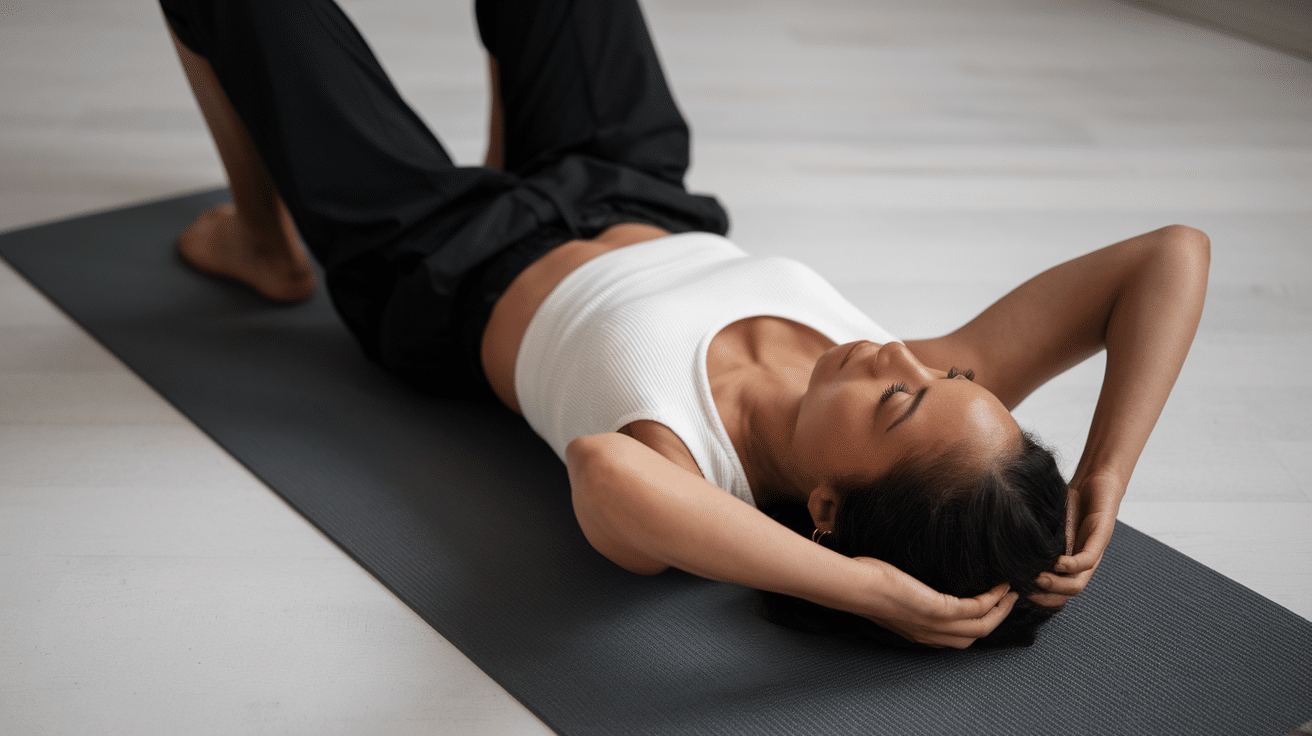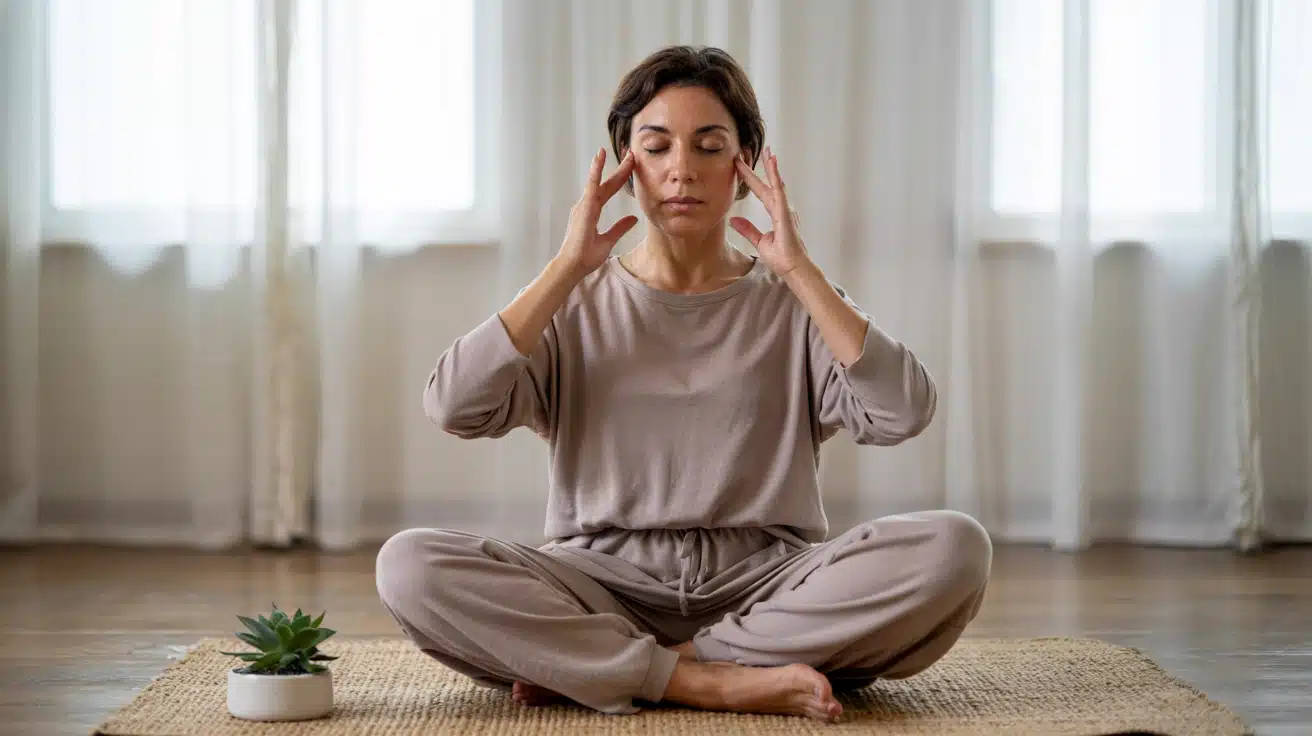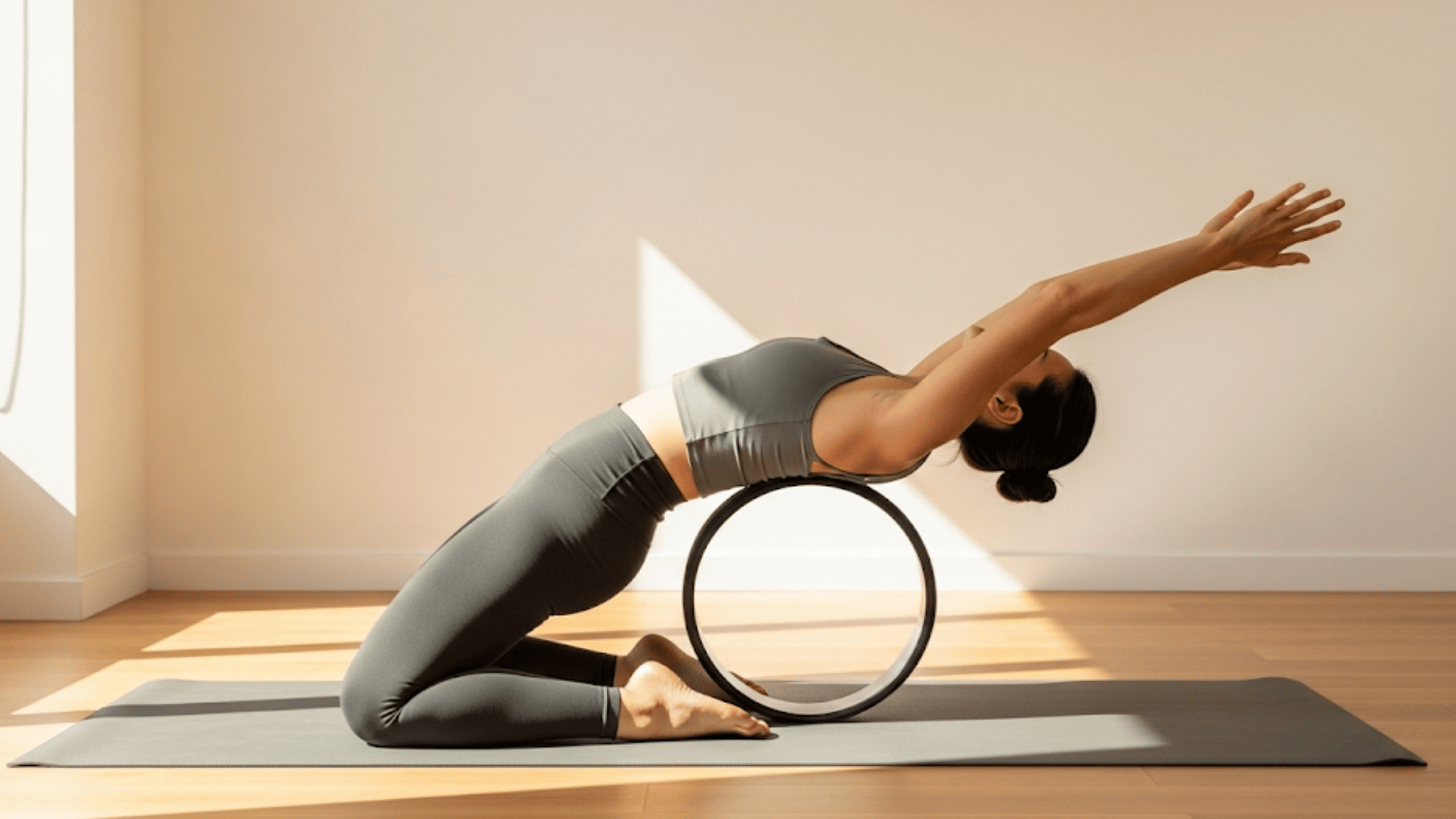Are you tired of chronic back pain controlling your daily life?
Millions of people suffer from spinal compression caused by hours of sitting, poor posture, and the constant pull of gravity on their spine. The aching, stiffness, and limited mobility can make even simple tasks feel overwhelming.
Imagine having the power to decompress your spine and find relief right from your living room. What if you could cure years of spinal compression without expensive equipment or frequent clinic visits?
Spinal decompression exercises offer a proven solution. These therapeutic movements gently create space between vertebrae, relieve nerve pressure, and restore natural spinal alignment.
Ready to reclaim your comfort? Let’s find some effective home exercises that can recast your spinal health today.
What Is Spinal Decompression?
Spinal decompression is a therapeutic method designed to relieve pressure on the spine by gently creating space between the vertebral bones.
We spend most of our lives in sitting and standing positions, which causes compressive forces on the spine that can accumulate over time, leading to postural issues, low back pain, and neck pain.
Key benefits of spinal decompression include:
- Pressure relief – Takes pressure off the spinal discs and creates more space for nerves exiting the spine.
- Improved circulation – Enhances blood flow to the spinal region, aiding in the healing of irritated structures.
- Muscle tension reduction – Decreases tension in muscles surrounding the spinal column.
- Postural correction – Moves the spine in the opposite direction of gravity, helping straighten spinal curves.
- Enhanced mobility – Promotes flexibility and reduces stiffness in the spine
Spinal decompression can be achieved through various methods, including professional clinical treatments, specialized equipment, or simple at-home exercises that naturally elongate and decompress the spine, reversing the daily compressive effects of gravity.
13 Simple At-Home Spinal Decompression Moves
Here are proven spinal decompression exercises organized by intensity level to help relieve back pain and improve spinal health.
1. Supine Position
Instructions:
- Lie on your back with your knees bent, pressing your feet into the floor
- As you inhale, keep your arms straight as you lift them overhead, resting them behind your head
- Hold this position for 5 breaths, focusing on relaxing and elongating your spine
- Exhale as you bring your arms back to your sides
- Hold the pose for up to 5 minutes
- For low back pain, position your feet slightly wider than your hips and drop your knees toward each other.
Benefits:
- Encourages relaxation, alignment, and deep breathing
- Helps reduce stress and tension
- Promotes spinal elongation
2. Heel Slides
Instructions:
- Lie on your back with your legs extended
- Bend your left knee and slowly slide your heel in toward your hips
- Slowly straighten your leg
- Repeat 10 times, then do the opposite side
- Complete 1 to 3 sets
Benefits:
- Boosts strength, flexibility, and mobility
- Gentle movement for spinal decompression
3. Cat-Cow Stretch
Instructions:
- Begin on your hands and knees
- Distribute your weight evenly between all four points
- Exhale and arch your spine, drawing your chin into your chest (Cat position)
- Inhale and gaze up, relaxing your belly toward the floor (Cow position)
- Continue this fluid movement for up to 1 minute
Benefits:
- Reduces tension and increases flexibility
- Encourages good posture and spinal alignment
- Provides a gentle massage to the spine and organs
4. Child’s Pose (Prayer Stretch)
Instructions:
- Begin on your hands and knees
- Slowly lower your hips back toward your heels
- Extend your arms forward or place them at your sides
- Gently rest your forehead on the floor
- Breathe deeply, focusing on releasing tension
- Hold the pose for up to 5 minutes
Benefits:
- Gently elongates your spine
- Alleviates low back tension
- Improves spinal alignment
- Restorative and relaxing
5. Single Knee to Chest Stretch
Instructions:
- Lie on your back with your knees bent, pressing your feet into the floor
- Press your lower back into the floor, bearing down equally on both sides
- Bend your left knee into your chest
- Interlace your fingers around your thigh or shin
- Gently pull your knee toward your chest and hold for up to 30 seconds
- Repeat on the opposite side, then do both legs together
- Repeat the sequence up to 5 times
Benefits:
- Reduces tension in your back, hips, and legs
- Improves flexibility, posture, and spinal alignment
6. Hamstring Stretch
Instructions:
- Lie on your back with your knees bent, pressing your feet into the floor
- Raise your left leg, interlacing your fingers behind your thigh
- Keep your knee slightly bent
- Gently press your leg into your hands while pulling it toward you
- Stay in this position for up to 1 minute
- Repeat on the opposite side, up to 5 times on each side
Benefits:
- Encourages alignment, mobility, and flexibility
- Alleviates pain and tension
- Relieves stress and pressure on the lower back
7. Straight Leg Raises
Instructions:
- Lie on your back with your right leg straight and your left knee bent
- Engage your abdominal muscles
- Gently press your lower back into the floor
- Slowly raise your right leg at least 6 inches above the floor
- Hold this position for 5 breaths
- Slowly lower your leg until it hovers just above the floor
- Repeat 10 times, then do the opposite side
- Complete 1 to 3 sets
Benefits:
- Increases the strength and flexibility of the lower back, hips, and legs
- Enhances stability
8. Downward-Facing Dog
Instructions:
- Begin on your hands and knees, aligning your wrists under your shoulders and hips over your knees
- Lift your knees away from the floor and raise your hips toward the ceiling
- Keep your heels slightly off the ground
- Maintain a slight bend in your arms and legs
- Spread your fingers and press firmly into your hands
- Distribute your weight evenly between both sides of your body
- Position your head in line with your upper arms, or gently tuck your chin
- Stay in this position for up to 1 minute
Benefits:
- Builds strength and improves circulation
- Supports proper alignment
- Increases circulation and enhances spinal flexibility
9. Piriformis Stretch
Instructions:
- Lie on your back with your knees bent, pressing your feet into the floor
- Place your left ankle on your right thigh near your knee
- Interlace your fingers behind your left thigh
- Gently pull your leg toward your chest
- Hold the pose for up to 1 minute
- Repeat on the opposite side
Benefits:
- Alleviates pain, tightness, and tension in the low back, hips, and legs
- Boosts circulation and increases flexibility
10. Cobra Pose
Instructions:
- Begin by lying face down on your mat
- Place your hands directly under your shoulders with fingers pointing forward
- Keep your arms close to your chest and elbows pointing back
- Gently press into your hands to lift your head, chest, and shoulders to the desired height
- Keep a slight bend in your elbows
- To deepen the pose, allow your head to fall back
- Hold the pose for up to 1 minute
Benefits:
- Stretches and strengthens the spine
- Reduces tension and improves circulation
- Promotes good posture
11. Fish Pose
Instructions:
- Sit down with your legs extended in front of you
- Place your hands underneath your buttocks with palms facing down, fingers pointing toward your toes
- Draw your elbows together and expand your chest
- Slowly recline onto your forearms and elbows
- If comfortable, drop your head back
- Hold the pose for up to 1 minute
- To release, lift your head, remove your hands, and lie down on your back
Benefits:
- Stretches the neck, chest, and spine
- Relieves tension and improves posture
- Minimizes compression
12. Camel Pose
Instructions:
- Kneel on the ground with your hips directly above your knees
- Place your palms on the base of your spine, fingers facing down
- Position your pinky fingers on either side of your spine
- Draw your elbows in toward each other
- Lengthen your spine and lift your chest
- Gently bend backward, arching your upper back
- Reach toward your ankles to place your hands on them
- Hold the pose for up to 30 seconds
- Return your hands to your lower back and slowly return to the starting position
Benefits:
- Stretches the chest, upper back, and hips
- Boosts circulation and relieves tension
- Improves posture
13. Bar Hang
Instructions:
- Find a sturdy pull-up bar and grip it with both hands
- Reach up and hold onto the bar (use a small step if needed to reach)
- Slowly begin to hang on the bar and let more of your body weight hang
- Try to relax into this position and take a few deep breaths
- Hold for 20-30 seconds or whatever is comfortable
- Repeat 2-3 times, several times a day
- Do not perform if you have shoulder pain
Benefits:
- Effectively reduces spinal compression by using gravity to elongate the spine
- Especially beneficial for sedentary lifestyles or high-impact activities
- Mimics clinical spinal decompression using body weight
These exercises progress from gentle, low-intensity movements to more challenging poses. Start with the beginner exercises and gradually work your way up as your strength and flexibility improve. Always consult with a healthcare professional before beginning any new exercise routine.
Conclusion
Taking control of your spinal health doesn’t require expensive treatments or complicated equipment. These home exercises provide a practical pathway to decompress your spine, reduce pain, and restore mobility through consistent practice.
Start slowly with basic movements like the supine position and child’s pose, then gradually progress to more challenging exercises as your strength improves.
Remember that spinal decompression is most effective when practiced regularly; even 10-15 minutes daily can yield significant results.
Your spine endures constant compression throughout the day, so dedicating time to these therapeutic movements is an investment in your long-term comfort and function.
Begin your journey today with just one or two exercises. Your spine will thank you, and you’ll find that relief has been within your reach all along.









